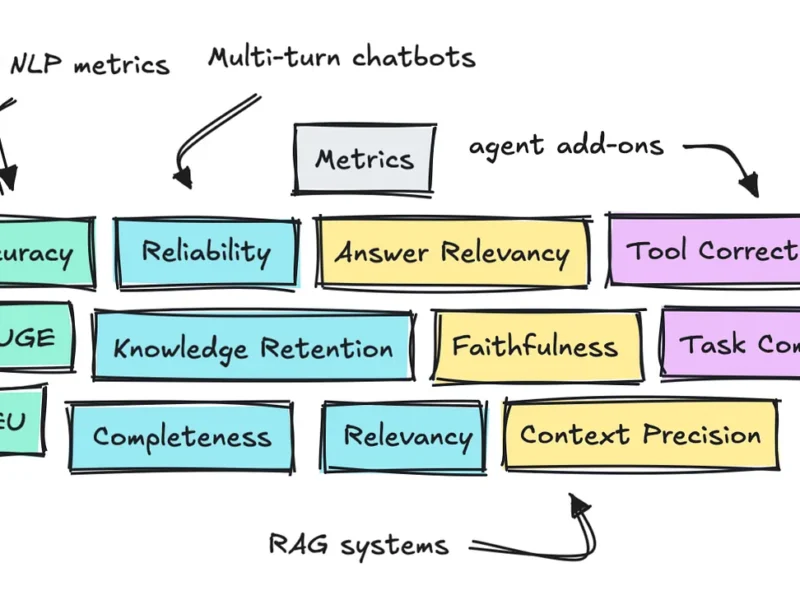Vishing, or voice phishing, is a rising threat in the realm of cybercrime that leverages direct phone communication to deceive individuals. Unlike other forms of phishing that rely on impersonal emails or texts, vishing exploits the personal touch of a voice, making it particularly convincing. Whether through phone calls or recorded messages, scammers effectively manipulate victims, often leading to the unauthorized sharing of sensitive information. Understanding how vishing works and recognizing its tactics can empower individuals to protect themselves against this insidious form of fraud.
What is vishing?
Vishing is a fraudulent practice that involves the use of phone calls or voice messages to trick individuals into revealing sensitive information. The goal is to obtain personal details, such as financial information, which scammers can exploit for purposes like identity theft and fraud.
How does vishing work?
Mechanism of vishing attacks
Vishing attacks operate through a well-defined mechanism, often starting with the impersonation of reputable organizations. Attackers may present themselves as bank representatives, delivery services, or even government agents, using technology to create a credible caller ID.
In many cases, the initial contact may happen through phishing emails or texts. These communications encourage victims to engage in a phone call, where social engineering techniques are employed to manipulate responses, leading individuals to divulge sensitive details.
Common targets
Certain groups tend to be more susceptible to vishing attacks, including:
- Elderly individuals: Often more vulnerable to manipulation due to various factors.
- New employees: Frequently targeted for sensitive organizational information.
- High-call roles: Employees who regularly interact with external stakeholders are often at greater risk.
Types of information targeted by scammers
Vishing scams aim to glean various types of sensitive information, which can include:
Confidential financial information
- Bank account numbers: Essential for unauthorized transactions.
- Credit card details: Used to make fraudulent purchases.
Personal information
- Social Security numbers: Critical for identity theft.
- Identification numbers: Exploited for various fraudulent purposes.
Security credentials
- Passwords and PINs: Used to gain access to online accounts and sensitive data.
Why is vishing effective?
Vishing stands out among scams due to specific psychological and technological factors that enhance its effectiveness.
Exploitation of trust and urgency
Vishing effectively exploits the element of trust by establishing a personal connection between the victim and the attacker. This connection prompts impulsive decision-making, often leading individuals to share sensitive information without thorough consideration.
Technology utilization
Scammers use various technologies, including Voice over Internet Protocol (VoIP) calls and caller ID spoofing, to present themselves as credible sources. Advanced tactics like voice-cloning technology further bolster this deception, making it harder for victims to identify malicious attempts.
Vishing vs. other scams
Vishing is distinct from other types of scams like phishing and smishing, defined as follows:
- Vishing: Phone-based scams that utilize verbal manipulation.
- Phishing: Email-based scams designed to lure victims into clicking on malicious links.
- Smishing: Text message scams that prompt victims to share sensitive information or click on links.
Methods of evading detection
The sophistication of vishing scams can complicate detection efforts, particularly when they employ subtle techniques in unsolicited communications.
Techniques used in vishing emails
Emails associated with vishing may lack direct links to avoid triggering security alerts. Additionally, impersonated accounts can bypass authentication systems, making it difficult for recipients to realize they are being targeted.
Examples of vishing scams
Several common vishing scams have emerged as prevalent threats to individuals:
- IRS tax scam: Impersonating tax authorities and issuing urgent threats related to tax issues.
- Tech-support scams: False claims of technical issues leading to malware downloads.
- Bank impersonation scams: Exploiting urgency around unusual account activities to elicit personal data.
- Social Security/Medicare scams: Targeting seniors with fabricated claims about benefits.
- Delivery scams: Posing as customer service representatives to extract sensitive details.
- Loan/investment scams: Offers of high returns that sound too good to be true.
- Voice-cloning scams: Using AI technology to mimic the voices of known individuals.
Recognizing signs of vishing
Awareness of the characteristics that define vishing calls is crucial for prevention. Some signs to watch for include:
- Spoofed phone numbers: Caller ID displaying familiar numbers that may be fake.
- Urgent calls for information: Scammers often use pressure tactics, urging quick responses.
- Solicited sensitive information: Unsolicited requests for personal details should raise red flags.
- Trust-building using public information: Scammers often use publicly accessible details to gain credibility.
What to do if you fall victim to vishing
If you suspect that you have fallen victim to a vishing attack, immediate action is essential:
- Notify financial institutions: Inform your banks and freeze accounts if necessary to prevent fraud.
- Change compromised passwords: Update all affected accounts, ensuring each meets security standards.
- Report the incident: Contact authorities such as the FTC and FBI IC3 for guidance and support.
- Alert corporate IT departments: If sensitive information was shared, notify your workplace IT for further investigation.
Preventing vishing
Implementing proactive strategies can significantly reduce the risks associated with vishing attacks:
- Multi-factor authentication (MFA): Adding extra security layers can safeguard sensitive accounts.
- Comprehensive email security solutions: Use robust protections to defend against phishing tactics.
- Do Not Call registries: Enroll your number to minimize unsolicited calls.
- Employee education: Train on identifying scams and implementing safe communication practices.
- Proof of identity verification: Encourage verification of callers’ legitimacy by reaching out to organizations directly.

